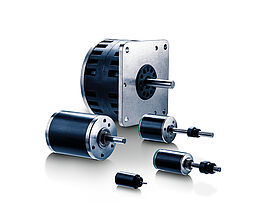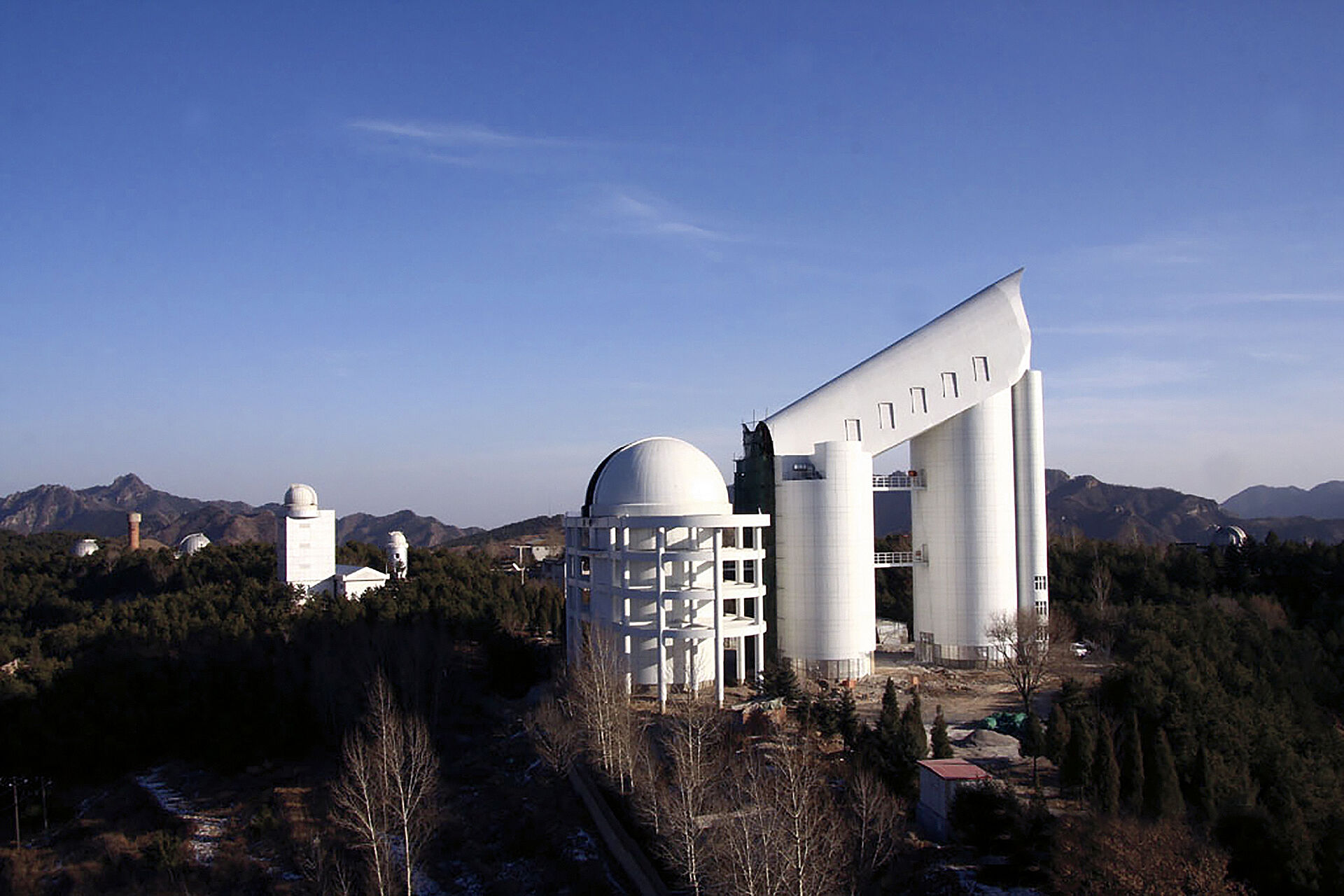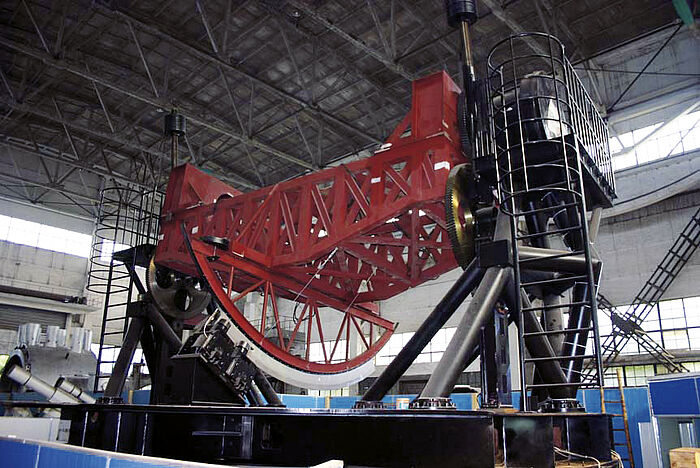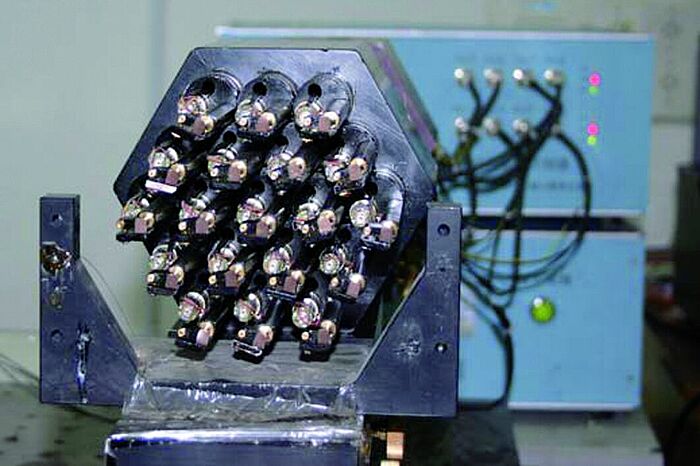Not every scientist can afford a giant telescope. On the other hand, anyone can develop ingenious ideas. Therefore, data from telescopes is becoming increasingly accessible to all interested scientists around the world. China has also been contributing to the "collection of knowledge" – with LAMOST (Large Sky Area Multi-Optic Fibre Spectroscopy Telescope). Technically speaking, the principle of the telescope is very well established, based on the ideas of the Schmidt telescope. In this case, the collected photons are transferred over 4,000 individual optical fibres to the spectral analysis system. For the precise setup of the fibres, the engineers have relied on the expertise of the Swiss manufacturer FAULHABER PRECISTEP SA.
Giant telescope
The larger the optics are, the larger the amount of collectible incident light. In the case of LAMOST, the first mirror has a diameter of 4 m. The light is then focused on a second mirror 20 metres away and reflected from there to the analysis unit. This unit contains 4,000 individual optical fibres, which then transfer the light. The mirrors and optical fibres are designed to transmit all light within wavelengths between 370 and 900 nm. In other words, the telescope has sufficient sensitivity ranging from ultraviolet to infrared. In order to be able to evaluate the incident and gathered light in a useful way, it has to be measured exactly at the location in the detector that corresponds to the actual position in the sky. Thanks to flexible optical fibres, one is no longer bound by rigid optical limitations. On the other hand, this creates the problem of exact mapping and adjustment. The solution was a combination of 4,000 single, flexible optical fibres. These can be individually adjusted by precision motors. One major problem within this area is size: the drives have to be as small as possible. After all, the laboriously collected light has to be concentrated on the smallest possible area and with high luminance in order to analyse and recognise even the smallest, weakly illuminated objects. The key to solving this problem was provided by the stepper motor specialists of the FAULHABER GROUP. Backlash-free precision miniature drives are a trademark of this company, which can draw on decades of expertise in the construction of micro-drive systems and even longer experience in clock-work production
Precise and durable mighty minis
Each single fibre strand is divided into two separately adjustable axes. This requires two drives for each, totalling 8,000 individual drives. Given the high quantity and compact packing of the drives, only 10 mm "thick" including the gears, maintenance or replacement would, of course, be extremely difficult. The "control cable" alone consists of over 32,000 individual strands and measures about 30 cm in diameter. In addition to the required utmost precision, the engineers placed particular emphasis on long-lasting reliability – without the need for subsequent intervention. This is made more difficult by operational conditions that often involve no change in the adjustment for an extended period of time but may then require specific minute movements. Thanks to experience in the mechanical telecommunications sector with similar requirements for precision stepper motors, the FAULHABER GROUP was able to meet this challenge without any problems – by deploying standard products. Owing to the low-wear bearings used in the motor and gears, in conjunction with optimised lubricants and backlash-free planetary gears, the overall solution delivers superior precision and outstanding reliability. Today‘s mega structures are often dependent upon the reliability of miniature drives, especially in the field of optical alignment for measuring devices, sensors and other precision applications. Backlash-free micro-drives are the method of choice, providing the basis for reliable computerised settings of parameters. Just as in the "big world", small-footprint precision drives are the reliable link between electronics and mechanics.
Products




